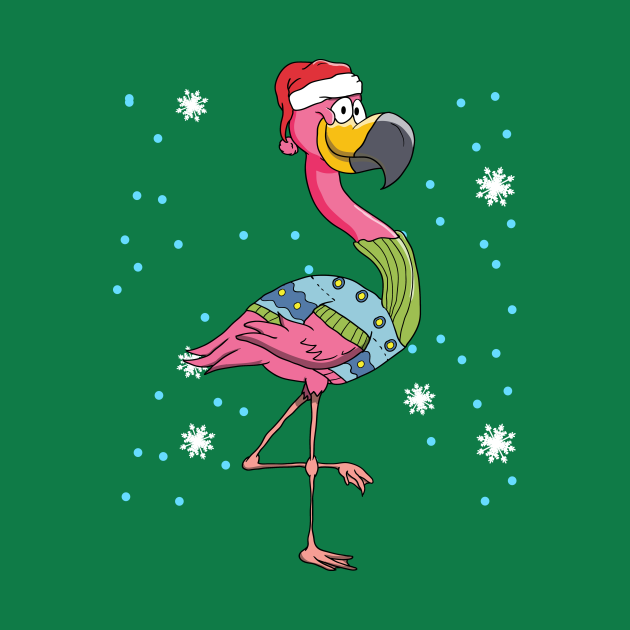

An alternative theory is that standing on one leg reduces the energy expenditure for producing muscular effort to stand and balance on one leg. However, the behaviour also takes place in warm water and is also observed in birds that do not typically stand in water. One theory is that standing on one leg allows the birds to conserve more body heat, given that they spend a significant amount of time wading in cold water. The reason for this behaviour is not fully understood. Phoenicopterus novaehollandiae (Late Oligocene of South Australia)įlamingos usually stand on one leg with the other tucked beneath the body.Phoenicopterus eyrensis (Late Oligocene of South Australia).Phoenicopterus croizeti (Middle Oligocene–Middle Miocene of C.Phoenicopterus minutus (Late Pleistocene of California, US).Phoenicopterus copei (Late Pleistocene of W North America and C.Phoenicopterus gracilis (Miller 1963) (Early Pleistocene of Lake Kanunka, Australia).Phoenicopterus stocki (Miller 1944) (Middle Pliocene of Rincón, Mexico).Phoenicopterus floridanus (Brodkorb 1953) (Early Pliocene of Florida).Phoeniconaias siamensis Cheneval et al.Currently, the family has three recognized genera, according to HBW. As a result of a 2014 publication, the family was reclassified into two genera. Six extant flamingo species are recognized by most sources, and were formerly placed in one genus (have common characteristics) – Phoenicopterus. Alternatively, they could be placed in one order, with Phoenocopteriformes taking priority. įor the grebe-flamingo clade, the taxon Mirandornithes ("miraculous birds" due to their extreme divergence and apomorphies) has been proposed. The fossil palaelodids can be considered evolutionarily, and ecologically, intermediate between flamingos and grebes. Many of these characteristics have been previously identified on flamingos, but not on grebes.

They hold at least 11 morphological traits in common, which are not found in other birds. Recent molecular studies have suggested a relation with grebes, while morphological evidence also strongly supports a relationship between flamingos and grebes.

Many molecular and morphological studies support a relationship between grebes and flamingos. A 2002 paper concluded they are waterfowl, but a 2014 comprehensive study of bird orders found that flamingos and grebes are not waterfowl, but rather are part of Columbea, along with doves, sandgrouse, and mesites. The peculiar presbyornithids were used to argue for a close relationship between flamingos, waterfowl, and waders. Relationships to the waterfowl were considered as well, especially as flamingos are parasitized by feather lice of the genus Anaticola, which are otherwise exclusively found on ducks and geese. Earlier genetic studies, such as those of Charles Sibley and colleagues, also supported this relationship. Usually, the ibises and spoonbills of the Threskiornithidae were considered their closest relatives within this order. Traditionally, the long-legged Ciconiiformes, probably a paraphyletic assemblage, have been considered the flamingos' closest relatives and the family was included in the order. The family Phoenicopteridae was introduced by the French zoologist Charles Lucien Bonaparte in 1831, with Phoenicopterus as the type genus. ' crimson/red-feathered') other genera names include Phoeniconaias, which means "crimson/red water nymph (or naiad)", and Phoenicoparrus, which means "crimson/red bird (though, an unknown bird of omen)". The name of the genus, Phoenicopterus, is from the Greek φοινικόπτερος phoinikopteros, lit. The word may also have been influenced by the Spanish ethnonym flamenco ("Fleming" or "Flemish"). The name flamingo comes from Portuguese or Spanish flamengo ("flame-colored"), which in turn comes from Provençal flamenc – a combination of flama ("flame") and a Germanic-like suffix -ing.


 0 kommentar(er)
0 kommentar(er)
